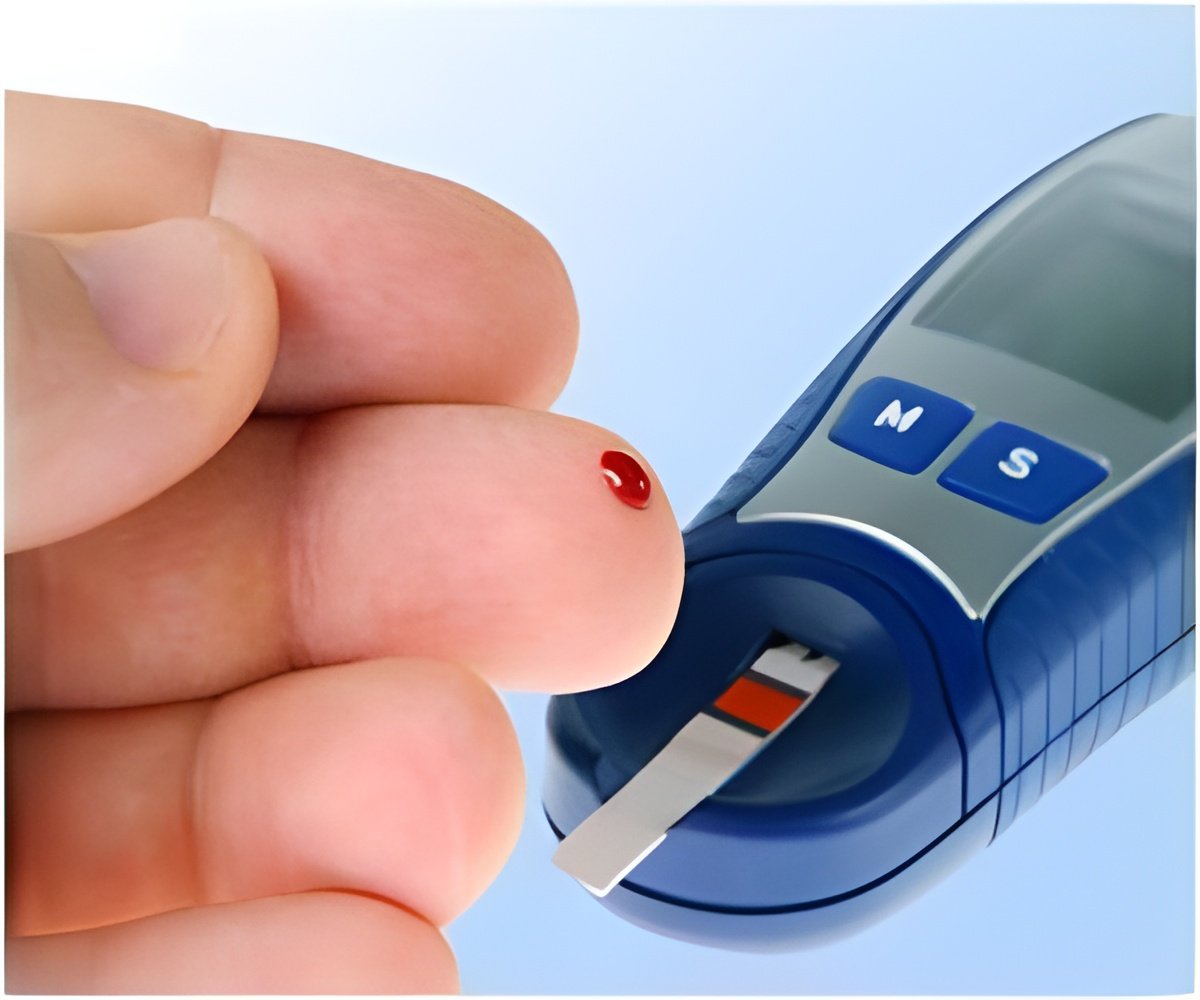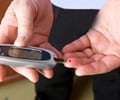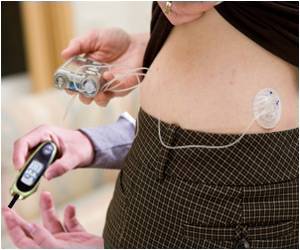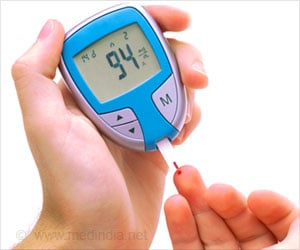Controlled blood sugar level, weight loss and reduced blood pressure were found in patients who underwent gastric band surgery and weight management program.

The SLIMM-T2D (Surgery or Lifestyle with Intensive Medical Management in Treatment of Type 2 Diabetes) trial enlisted 45 volunteers who had long-duration type 2 diabetes, struggled to manage their diabetes and had a body mass index (BMI) of 30 or higher.
The study randomly divided the participants into two groups. One group received an adjustable gastric band procedure, which inserts a band around the upper stomach whose tightness can be adjusted. The other group of participants underwent Joslin’s Why WAIT (Weight Achievement and Intensive Treatment), a clinically available program built on behavioral interventions that have been proven to be effective.
After one year, the two groups achieved similar lowering of blood sugar levels-average levels of hemoglobin A1C (a standard measurement of blood sugar levels over several months) dropped by 1.2 for patients with the gastric band and by 1.0 for patients in the IMWM program. The groups also saw similar-magnitude improvements in their levels of blood sugar when fasting, another standard metric for type 2 diabetes management.
Weight loss was similar between the two arms at three months and at one year, the participants given the band achieved greater average loss (30 pounds compared to 19 pounds) and were continuing to lose weight. The Why WAIT group saw greater reductions in blood pressure than the band group, but other measures of cardiovascular health were generally comparable between the two groups.
Participants in both arms of the trial reported that their health had been improved on a number of measures and that they were enjoying better quality of life.
Advertisement
Source-Medindia













